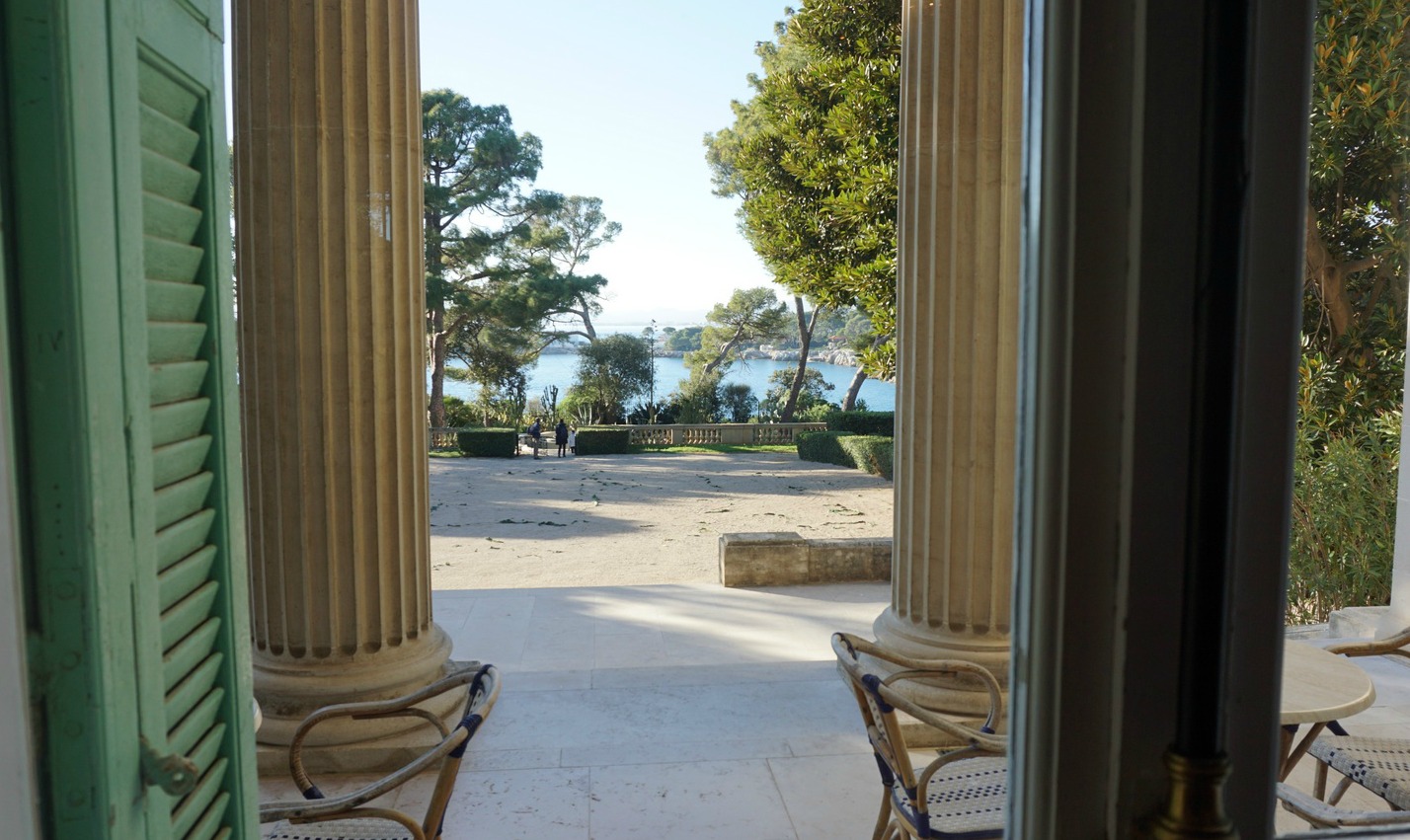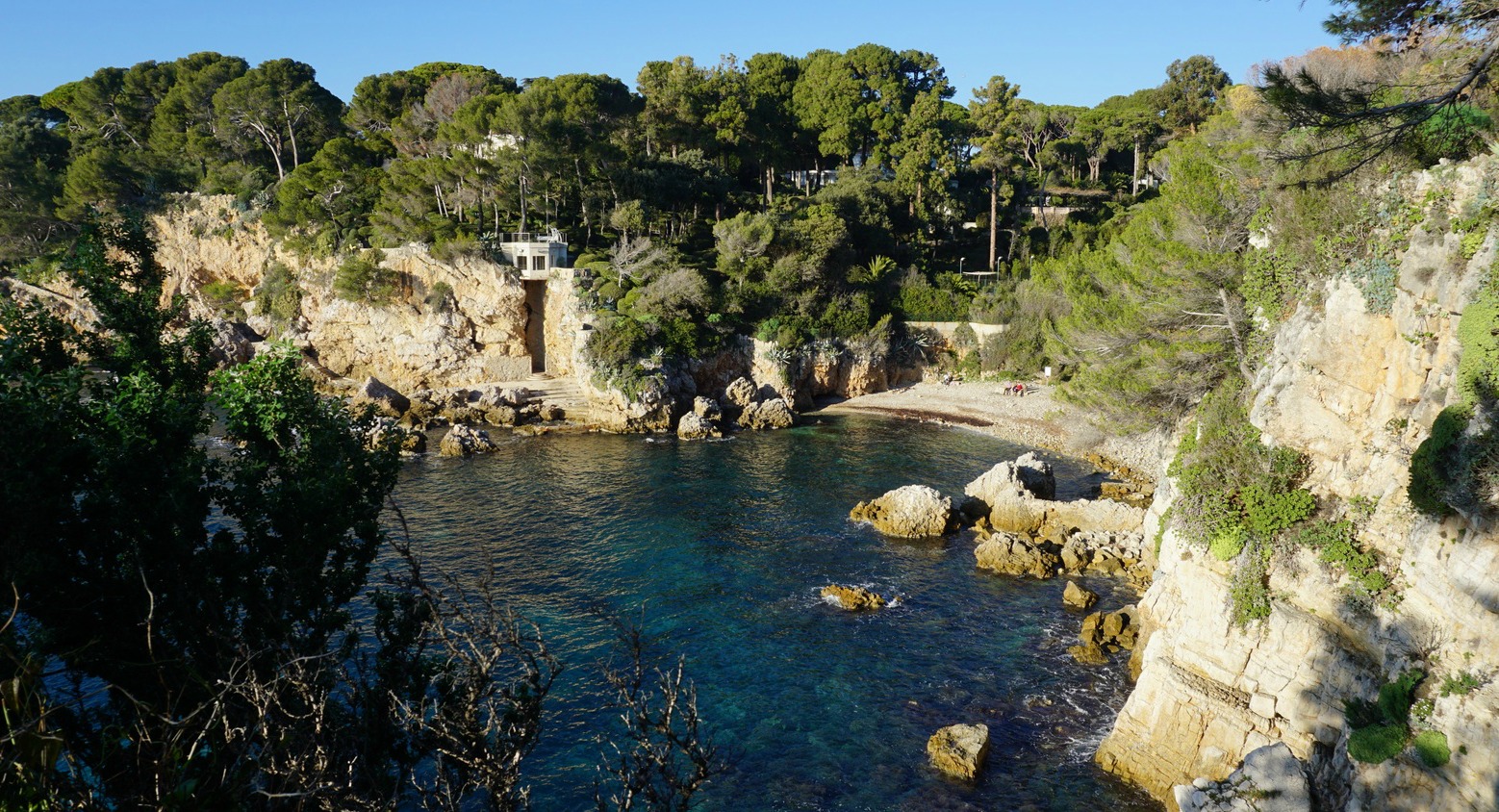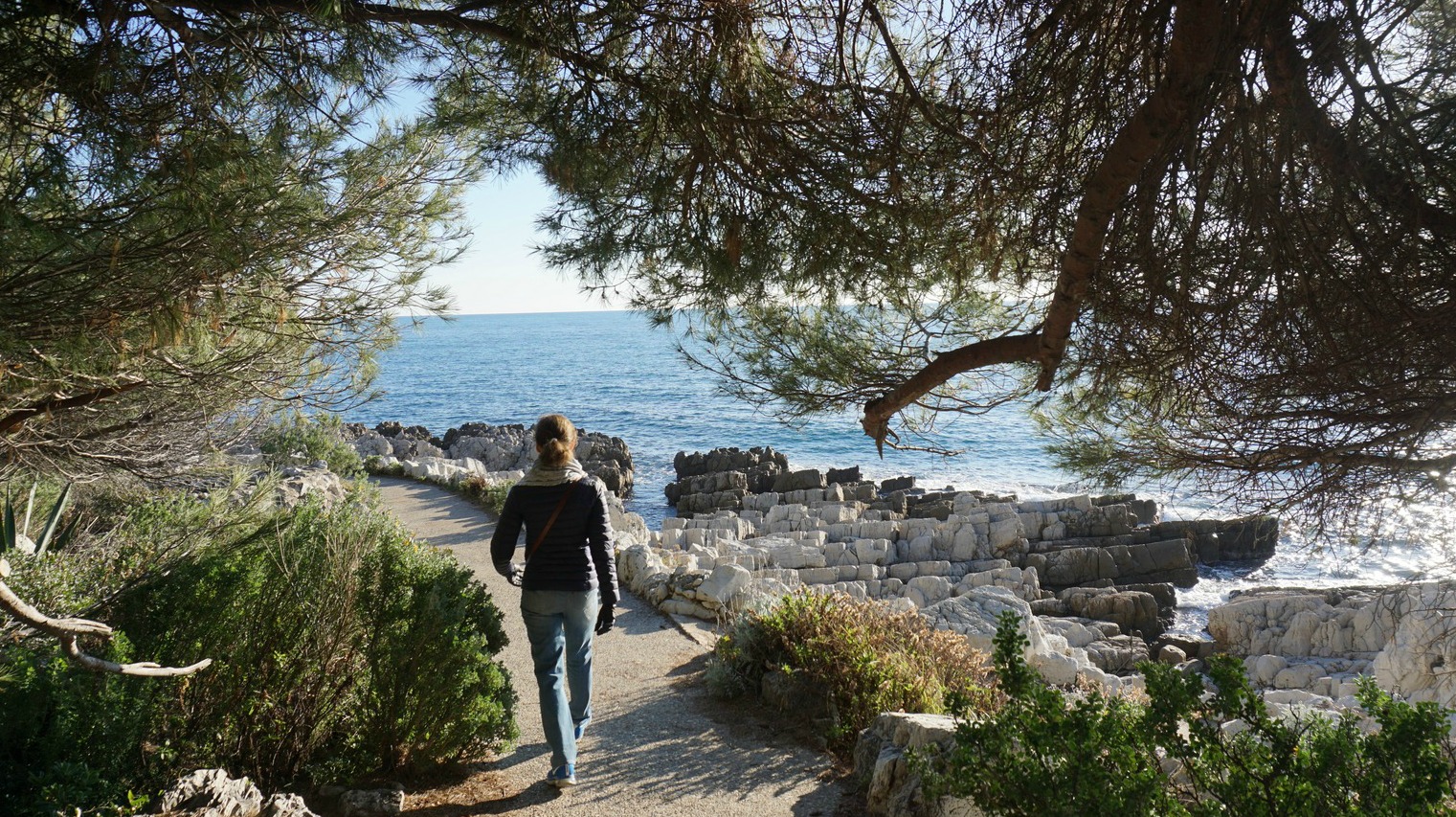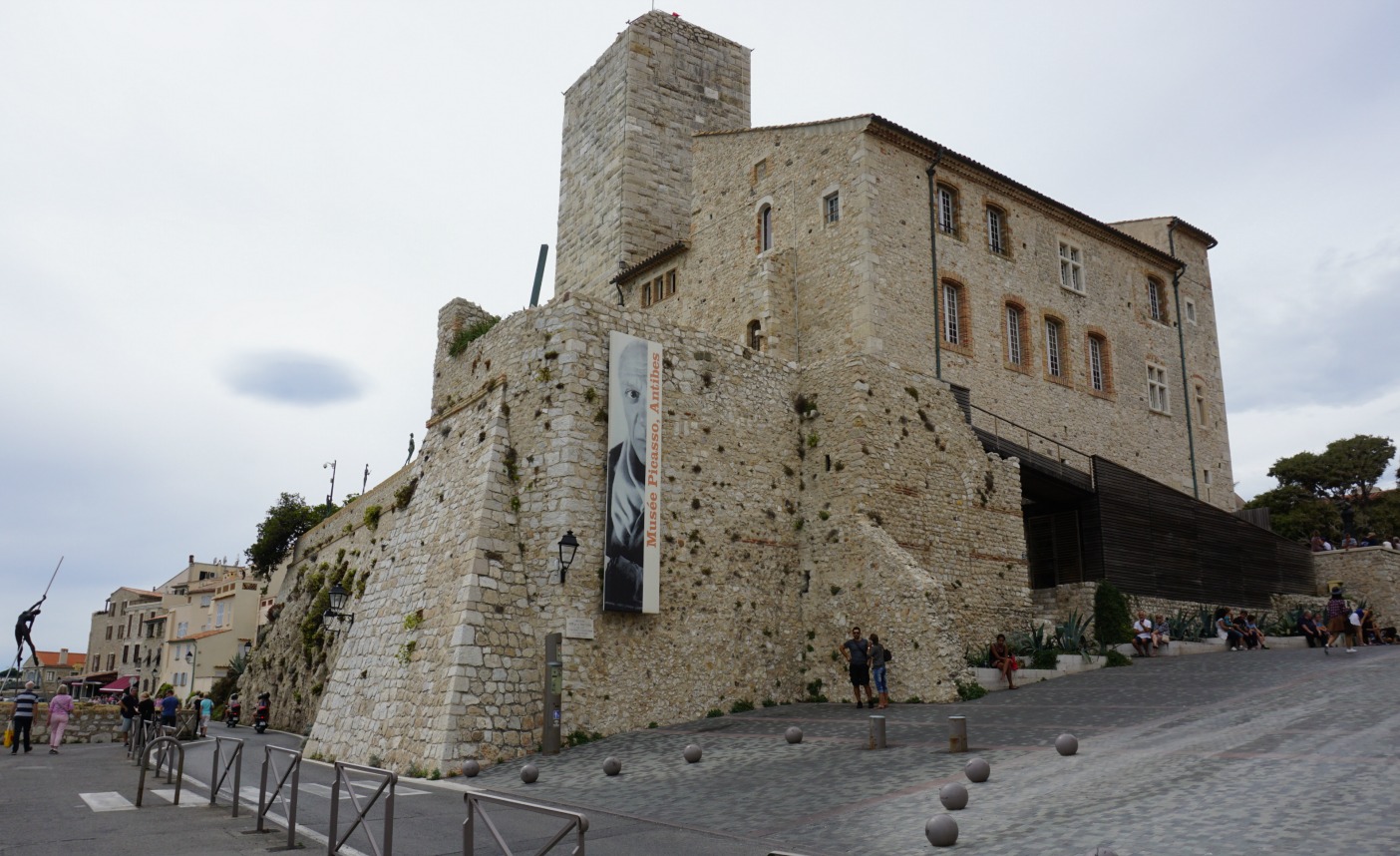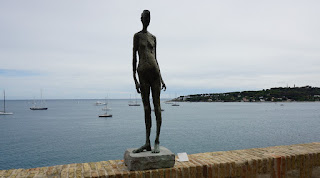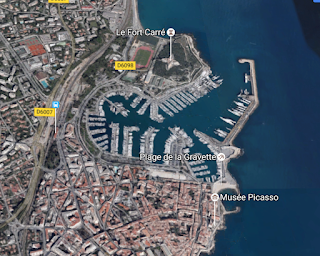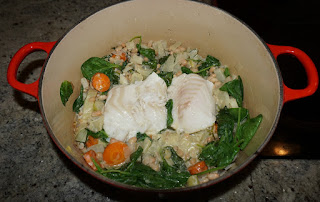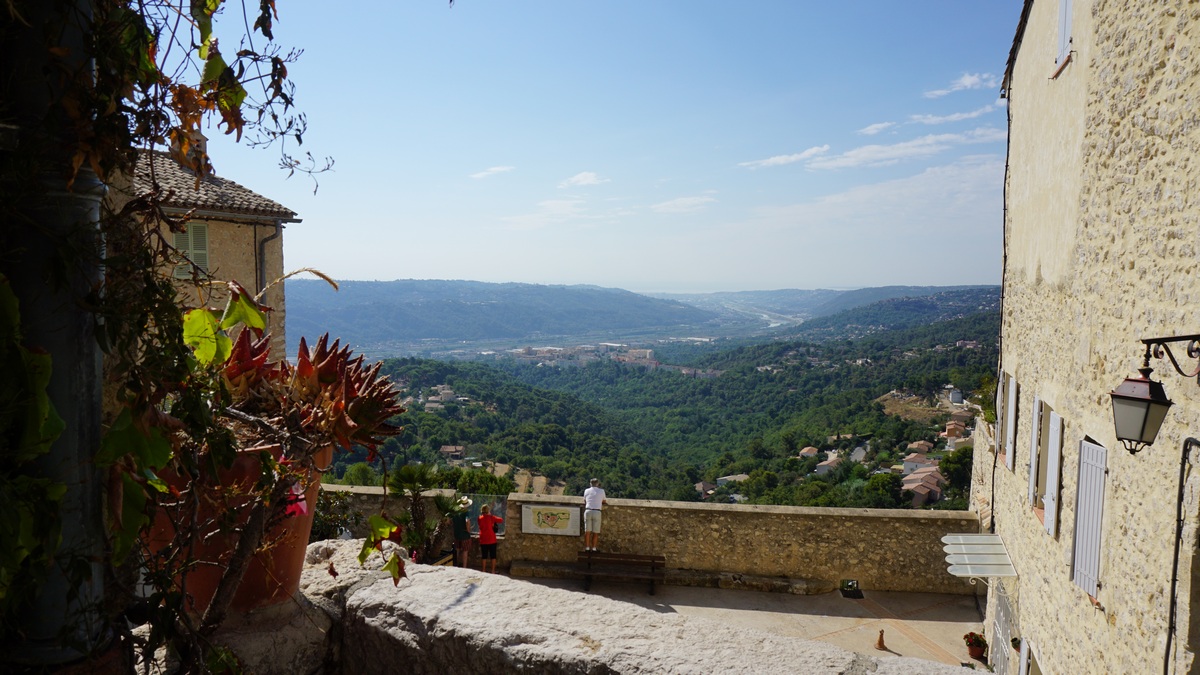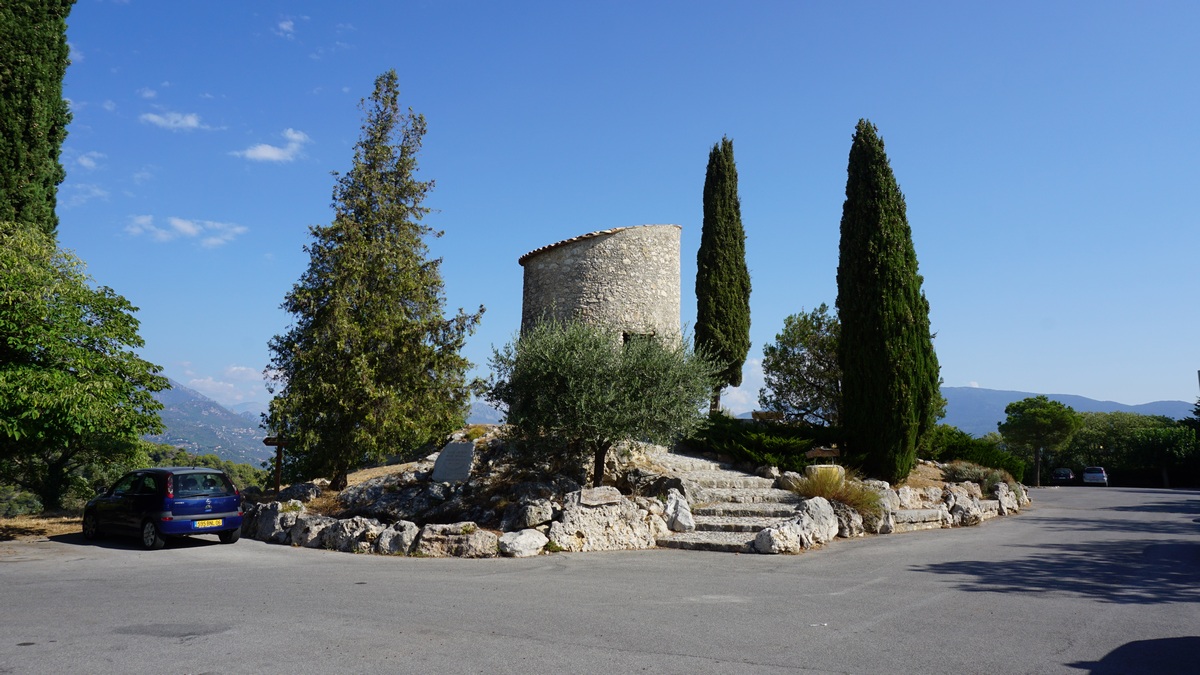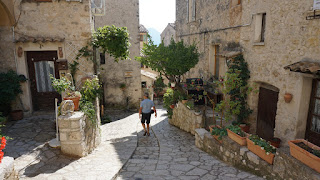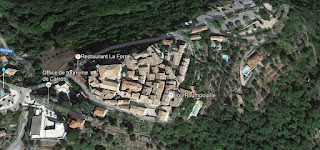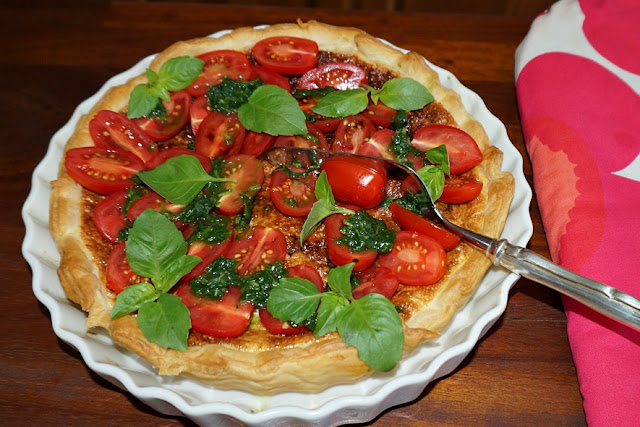Creamy potato gratin without cream

Gratin dauphinois, the traditional French potato gratin, was first mentioned in 1788 when it was served at a dinner for the officials of the town of Gap. As with all French local dishes, there are several slightly different recipes. But one thing is common to them all: the gratin is always made with raw, peeled and thinly sliced potatoes. Most recipes are made with considerable amounts of cream, crème fraîche, and some add cheese and eggs so the total calorie content is not negligible.
The following recipe is from a little auberge in Vercors, near Grenoble. It was shown in a French TV programme, Les Carnets de Julie, in which Julie Andrieu and Thierry Marx were trying out different gratin dauphinois recipes.
The potato gratin Vercors style was simply made from raw, peeled and thinly sliced potatoes, whole milk, and salt, no cream at all. They said that you could grate a little nutmeg in the gratin if you wanted, but that was it.
So of course I had to try this simple and calorie-reduced variant. I added some black pepper and crushed garlic in my gratin and dotted the gratin with a small amount of butter. The best French gratin potatoes are said to be Agata, Monalisa, and Nicole, so I chose Agata for my gratin.
The result was creamy and succulent, just as good as gratins made with cream! It is a perfect accompaniment to a good steak, roast beef or duck breast.
4 servings
4 large gratin potatoes
About 600 ml whole milk, to cover the potatoes
About ½-1 tsp. salt
A pinch of nutmeg
2 cloves garlic, crushed
Black pepper
Butter
Choose a slightly larger gratin dish and don’t fill it to the brim; the gratin bubbles and “puffs up” in the oven. Butter generously the gratin dish.
Preheat the oven to 180° C.
Peel the potatoes and slice them thinly. Arrange a layer of potatoes in the bottom of the gratin dish. Sprinkle with salt, black pepper, nutmeg and crushed garlic and pour enough milk to cover the potatoes. Follow with a layer of potato slices and again pour over milk to cover the potatoes.
Dot with a small amount of butter and bake in the oven 1 hour.













